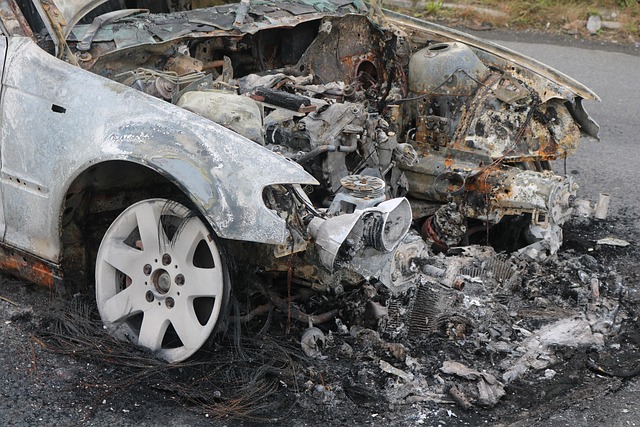Toxic exposure at work is a significant concern in industrial settings where hazardous substances like heavy metals, chemicals (e.g., VOCs), and asbestos pose immediate and long-term health risks to workers in manufacturing, refineries, and construction sites. Employers must recognize specific hazards, implement safety measures (including PPE, ventilation, protocols), include toxic exposure provisions in contracts, conduct regular training, foster open communication, and adhere to occupational health standards to mitigate these dangers. In case of accidents, legal representation from a workplace safety specialist can drive continuous improvement and ensure justice.
Industrial sites, while crucial for economic growth, pose significant risks due to toxic exposure at work. This article delves into the complex landscape of hazardous materials prevalent in industrial settings and their potential dangers to employees. We explore strategies to understand, identify, and mitigate these risks, emphasizing the paramount importance of worker safety. By examining common sources of toxic exposure and implementing effective safety measures, organizations can foster a healthier, more secure work environment, ultimately reducing incidents of illness and injury linked to industrial activities.
- Understanding Toxic Exposure at Industrial Sites
- Common Sources of Hazardous Materials in the Workplace
- Mitigating Risks and Ensuring Worker Safety
Understanding Toxic Exposure at Industrial Sites

Toxic exposure at work is a significant concern in industrial settings, where various hazardous substances are often present in the air, water, or soil. Workers in manufacturing plants, refineries, and construction sites may be exposed to toxic chemicals, heavy metals, or pollutants that can have severe immediate and long-term health effects. Understanding these risks is crucial for implementing effective safety measures and ensuring worker well-being.
Industrial sites pose unique challenges due to the diverse range of materials used and processes involved. From asbestos in older factories to volatile organic compounds (VOCs) in painting or printing operations, employees can be at risk of acute toxicity, chronic health issues, or even life-threatening conditions. Recognizing these potential hazards is a critical step towards mitigating risks, as it allows for the development of appropriate personal protective equipment (PPE), ventilation systems, and strict adherence to safety protocols, including clear employment contracts that outline these dangers and worker rights.
Common Sources of Hazardous Materials in the Workplace

In industrial settings, a variety of hazardous materials are often present, posing significant risks for workers. Common sources include chemical reactors, storage tanks, and waste disposal sites. These areas can release toxic substances such as volatile organic compounds (VOCs), heavy metals, and asbestos, which can lead to severe health issues like respiratory diseases, cancer, and neurological disorders over time. Additionally, improper handling or accidents involving these materials can result in immediate exposure and life-threatening situations.
Understanding the potential hazards is crucial for implementing safety measures. Employers must ensure compliance with occupational health and safety regulations and include provisions in employment contracts regarding toxic exposure at work. Regular training sessions and proper personal protective equipment (PPE) are essential tools to safeguard workers. Moreover, open communication channels can help identify concerns, especially in cases of partnership disputes related to safety protocols, ensuring accountability and continuous improvement in managing these risks.
Mitigating Risks and Ensuring Worker Safety

Industrial sites, due to their nature, often present unique challenges when it comes to worker safety and health. Mitigating risks associated with toxic exposure at work is a multifaceted endeavor that requires proactive measures and robust protocols. Employers must prioritize regular training for employees on hazard identification and proper handling procedures, ensuring everyone is equipped to recognize and respond to potential dangers effectively.
Implementing stringent safety regulations, including mandatory protective gear, well-designed ventilation systems, and efficient waste management practices, can significantly reduce the risk of toxic exposure. Moreover, encouraging open communication between workers and management fosters a culture where concerns are promptly addressed. In cases where accidents or injuries occur, such as an auto accident involving a worker, having legal representation from a reputable personal injury lawyer specializing in workplace safety can help ensure that affected individuals receive the justice and compensation they deserve while driving continuous improvement in workplace safety standards.
Industrial sites, while vital to our economy, pose significant risks through toxic exposure at work. By understanding common sources of hazardous materials, implementing robust safety protocols, and prioritizing worker education, we can mitigate these dangers effectively. Ensuring a safe workplace is not just a moral imperative; it’s a key strategy for fostering a productive and sustainable industrial landscape, safeguarding both workers’ health and the environment.






